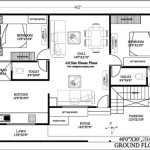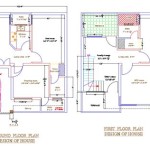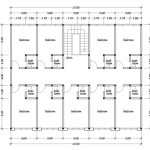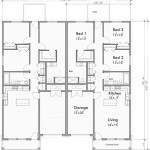Plans for Small Houseboat: Essential Aspects to Consider
Building or purchasing a small houseboat can be an exciting and rewarding experience. However, it requires careful planning and consideration of essential aspects to ensure a safe, comfortable, and enjoyable living space on the water.
1. Size and Layout:
Determine the size of the houseboat that suits your needs. Consider the number of occupants, intended use, and available space in the marina or dock where you plan to berth it. The layout should optimize space utilization, provide comfortable living areas, and ensure efficient movement.
2. Structural Integrity:
The hull is the foundation of your houseboat and must be designed and constructed to withstand the rigors of waterborne life. Choose materials such as fiberglass, aluminum, or steel that are resistant to corrosion and provide adequate buoyancy. The deck and superstructure should also be sturdy and well-supported.
3. Propulsion and Maneuverability:
Consider the type of propulsion system that best suits your needs. Outboard motors are common for smaller houseboats and provide flexibility in shallow waters. Inboard engines offer higher power and efficiency for larger vessels. The size and configuration of the propeller should provide adequate thrust and maneuverability in various water conditions.
4. Utilities and Amenities:
Plan for essential utilities such as electricity, water, and waste disposal. Consider solar panels or a generator for power, a water tank and filtration system, and a holding tank or composting toilet for waste management. Other amenities such as a galley, bathroom, and bedroom may also be included based on the size and intended use of the houseboat.
5. Safety Features:
Ensure proper safety measures are incorporated into the houseboat design. Install smoke and carbon monoxide detectors, fire extinguishers, and life jackets for all occupants. Consider a bilge pump and alarm system to detect potential leaks or flooding. The deck should have non-slip surfaces and adequate railings for safety.
6. Storage and Accessibility:
Plan for sufficient storage space for personal belongings, supplies, and equipment. Utilize cabinets, lockers, and under-bed storage to maximize space utilization. Consider accessibility to essential items and ensure that they can be easily reached when needed.
7. Environmental Considerations:
Be environmentally conscious in designing and operating your houseboat. Use biodegradable cleaning products, consider solar power or alternative energy sources, and dispose of waste properly to minimize your impact on the surrounding ecosystem.
8. Budget and Timeline:
Establish a realistic budget for the construction or purchase of your houseboat. Factor in materials, labor, and ongoing maintenance costs. Set a timeline for the project, allowing for potential delays and unexpected expenses.
9. Permits and Regulations:
Obtain necessary permits and approvals from relevant authorities. Research local regulations regarding houseboat construction, mooring, and operation to ensure compliance with legal requirements and safety standards.
10. Professional Assistance:
If you lack experience in houseboat design or construction, consider seeking professional assistance from architects, engineers, or reputable boatbuilders. They can provide valuable expertise and ensure the safety and quality of your vessel.
By carefully considering these essential aspects, you can create a small houseboat that meets your needs, provides a comfortable and safe living environment, and offers years of enjoyment on the water.

Tiny House Boat Shanty Wooden Plans

Tiny Floating Home Archives House Blog Boat Pontoon Houseboat Shanty

Man Designs Micro Houseboat You Can Build For

Home Office House Boat Plans Designs Building

Free Houseboat Plans Float A Home 21 Ft Easy To Build Includes Detailed Sketches Materials List And Construction Notes Boat Shanty

Free Houseboat Plans And Designs For Building A House Boat Or Pontoon

Sampan 36 Houseboat Wooden Boat

Wooden House Boats

36 Drifter Houseboat For Inland Waterways

Houseboat Plans On How To Build A With Free As Bonus








